كتاب Fundamentals of HVAC Systems نوشته Robert McDowall داراي 224 صفحه با فرمت pdf به صورت zip شده قابل دانلود مي باشد. حجم فايل 2,2 Mb.
اين كتاب به مباني سيستم هاي تهويه مطبوع مي پردازد. در ادامه فهرست اين كتاب به همراه لينك دانلود مستقيم آن آورده شده است.
Robert McDowall "Fundamentals of HVAC Systems"
Elsevier Science | ISBN: 012372497X | 224 pages | PDF | 2,2 Mb
لينك دانلود: مشاهده لینک ها و تصاویر پس از ورود یا عضویت
رمز فايل: مشاهده لینک ها و تصاویر پس از ورود یا عضویت
1 Introduction to HVAC 1
Study Objectives of Chapter 1 1
1.1 Introduction 1
1.2 Brief History of HVAC 2
1.3 Scope of Modern HVAC 3
1.4 Introduction to Air-conditioning Processes 3
1.5 Objective: What is your system to achieve? 4
1.6 Environment For Human Comfort 6
The Next Step 8
Summary 8
Bibliography 9
2 Introduction to HVAC Systems 10
Study Objectives of Chapter 2 10
2.1 Introduction 10
2.2 Introducing the Psychrometric Chart 11
2.3 Basic Air-Conditioning System 20
2.4 Zoned Air-Conditioning Systems 23
2.5 Choosing an Air-Conditioning System 26
2.6 System Choice Matrix 28
The Next Step 30
Summary 30
Bibliography 31
3 Thermal Comfort 32
Study Objectives of Chapter 3 32
3.1 Introduction: What is Thermal Comfort? 32
3.2 Seven Factors Influencing Thermal Comfort 33
3.3 Conditions for Comfort 36
3.4 Managing Under Less Than Ideal Conditions 39
3.5 Requirements of Non-Standard Groups 40
The Next Step 41
Summary 41
Bibliography 42
4 Ventilation and Indoor Air Quality 43
Study Objectives of Chapter 4 43
4.1 Introduction 43
4.2 Air Pollutants and Contaminants 44
4.3 Indoor Air Quality Effects on Health and Comfort 45
4.4 Controlling Indoor Air Quality 47
4.5 ASHRAE Standard 62 Ventilation for Acceptable Indoor
Air Quality 52
The Next Step 58
Summary 58
Bibliography 59
5 Zones 60
Study Objectives of Chapter 5 60
5.1 Introduction 60
5.2 What is a Zone? 61
5.3 Zoning Design 62
5.4 Controlling the Zone 65
The Next Step 67
Summary 67
6 Single Zone Air Handlers and Unitary Equipment 68
Study Objectives of Chapter 6 68
6.1 Introduction 68
6.2 Examples of Buildings with Single-zone Package
Air-Conditioning Units 69
6.3 Air-Handling Unit Components 70
6.4 Refrigeration Equipment 75
6.5 System Performance Requirements 80
6.6 Rooftop Units 82
6.7 Split Systems 85
The Next Step 86
Summary 86
Bibliography 87
7 Multiple Zone Air Systems 88
Study Objectives of Chapter 7 88
7.1 Introduction 88
7.2 Single-Duct, Zoned Reheat, Constant Volume Systems 90
7.3 Single-Duct, Variable Air Volume Systems 92
7.4 By-Pass Box Systems 94
7.5 Constant Volume Dual-Duct, All-Air Systems 95
7.6 Multizone Systems 98
7.7 Three-deck Multizone Systems 99
7.8 Dual-Duct, Variable Air Volume Systems 99
7.9 Dual Path Outside Air Systems 100
The Next Step 101
Summary 101
8 Hydronic Systems 103
Study Objectives of Chapter 8 103
8.1 Introduction 103
8.2 Natural Convection and Low Temperature Radiation
HeatingSystems 104
8.3 Panel Heating and Cooling 108
8.4 Fan Coils 109
8.5 Two Pipe Induction Systems 112
8.6 Water Source Heat Pumps 113
The Next Step 115
Summary 115
Bibliography 116
9 Hydronic System Architecture 117
Study Objectives of Chapter 9 117
9.1 Introduction 117
9.2Steam 118
9.3 Water Systems 120
9.4 Hot Water 124
9.5 Chilled Water 127
9.6 Condenser Water 129
The Next Step 131
Summary 131
Bibliography 132
10 Central Plants 133
Study Objectives of Chapter 10 133
10.1 Introduction 133
10.2 Central Plant Versus Local Plant in a Building 134
10.3 Boilers 136
10.4 Chillers 139
10.5 Cooling Towers 142
The Next Step 145
Summary 145
Bibliography 147
11 Controls 148
Study Objectives of Chapter 11 148
11.1 Introduction 148
11.2 Basic Control 150
11.3 Typical Control loops 155
11.4 Introduction to Direct Digital Control, DDC 157
11.5 Direct Digital Control of an Air-Handler 161
11.6 Architecture and Advantages of Direct Digital Controls 165
The Next Step 169
Summary 169
Bibliography 170
12 Energy Conservation Measures 171
Study Objectives of Chapter 12 171
12.1 Introduction 172
12.2 Energy Considerations for Buildings 172
12.3 ASHRAE/IESNA Standard 90.1 176
12.4 Heat Recovery 179
12.5 Air-Side and Water-Side Economizers 183
12.6 Evaporative Cooling 185
12.7 Control of Building Pressure 186
The Final Step 187
Summary 187
Bibliography 189
13 Special Applications 190
Study Objectives of Chapter 13 190
13.1 Introduction 190
13.2 Radiant Heating and Cooling Systems 191
13.3 Thermal Storage Systems 194
13.4 The Ground as Heat Source and Sink 204
13.5 Occupant Controlled Windows with HVAC 206
13.6 Room Air Distribution Systems 207
13.7 Decoupled or Dual Path, and Dedicated Outdoor
Air Systems 211
Summary 213
Your Next Step 215
نمایش نتایج: از 1 به 1 از 1
Threaded View
-
- تاریخ عضویت
- 2012/01/29
- محل سکونت
- تهران
- نوشته ها
- 501
- پسندیده
- 0
- مورد پسند : 4 بار در 4 پست
- نوشته های وبلاگ
- 26
- میزان امتیاز
- 0

 [SIZE=3]تاسیسات،قلب تپنده ساختمان
[SIZE=3]تاسیسات،قلب تپنده ساختمان
[/SIZE]
اطلاعات موضوع
کاربرانی که در حال مشاهده این موضوع هستند
در حال حاضر 1 کاربر در حال مشاهده این موضوع است. (0 کاربران و 1 مهمان ها)
موضوعات مشابه
-
FLUID MECHANICS, Fundamentals and Applications by Yunus A. Cengel and John M. Cimbala
توسط hossein-khazaeii در انجمن کتب تخصصی مکانیک و تاسیساتپاسخ: 1آخرين نوشته: 2014/01/23, 04:46 -
سیستم های تغذیه اضافی مایع Liquid overfeed Systems
توسط HVAC در انجمن تهویه و سرمایشپاسخ: 1آخرين نوشته: 2013/01/31, 07:57 -
estakhr-hvac.vov.ir-(hvac-eng.ir)
توسط hossein-khazaeii در انجمن کتب تخصصی مکانیک و تاسیساتپاسخ: 0آخرين نوشته: 2012/08/20, 15:21 -
Fundamentals of Compressible Fluid Mechanics
توسط meybotyhvac در انجمن استانداردهای ملی و بین المللیپاسخ: 0آخرين نوشته: 2011/11/07, 14:28 -
Generac Power Systems: Portable Generators
توسط omranenergy در انجمن مدیریت بهره وری انرژیپاسخ: 0آخرين نوشته: 2011/06/27, 19:16
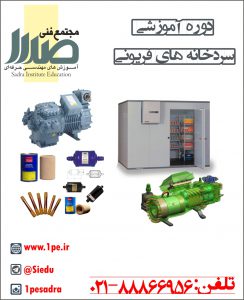
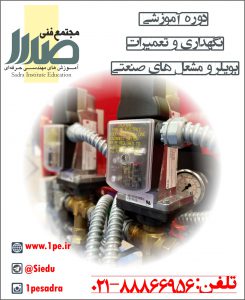
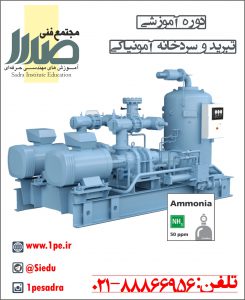
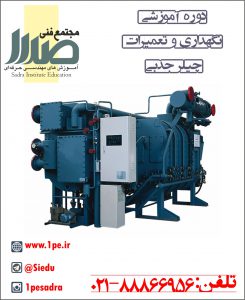

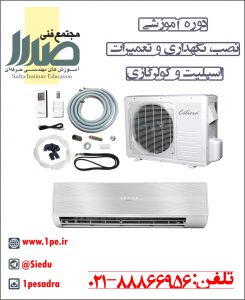





 پاسخ با نقل قول
پاسخ با نقل قول
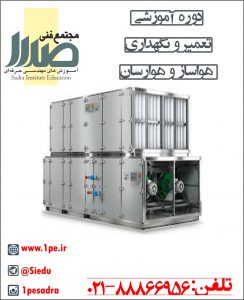
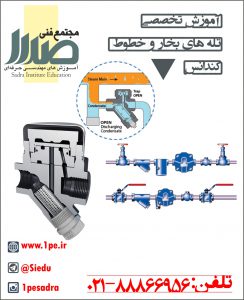

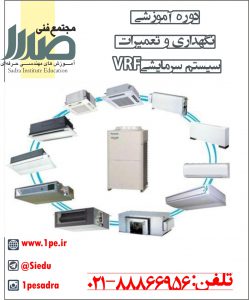

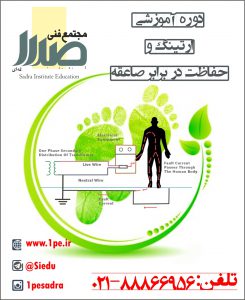
علاقه مندي ها (Bookmarks)